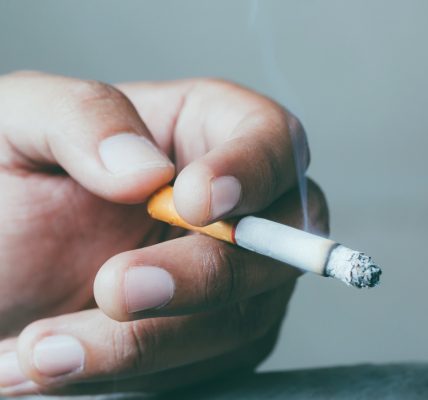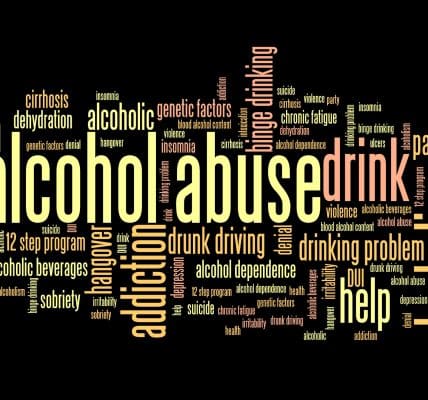Beyond Detox, Beyond Sobriety

Where alcohol is concerned, detoxification or “drying out” is not treatment, but only the first step toward a booze-free existence. Even with sincere and devoted life-long attendance, Alcoholics Anonymous is not treatment either.
Journalist Teri Sforza would like the public to know — and the authorities to acknowledge — that detox is not treatment. Treatment would be, for instance, prescribing one of the medications that can dissuade alcoholics from drinking again once they have achieved detoxification. Naltrezxone is effective in curbing not only alcoholism but opiate addiction. For addicts who have passed through the detox stage, it works by blocking the pleasurable effects of substances — and yet, Sforza reports, “only 1 in 5 people diagnosed with opioid use disorder take these medications.”
To have this med prescribed counts as an actual treatment to maintain sobriety, not just flushing out of the bodily systems to achieve a “clean” bill of health that will probably turn out to be unsustainable. There are other similar pharmaceuticals that reduce cravings to discourage subsequent use.
Addiction is not episodic, but permanent, still present even when dormant. Once achieved, sobriety maintenance is never a secure state but a daily, lifelong project. The reporter spoke with public health expert Dr. Elizabeth M. Salisbury-Afshar, who points out that addiction is not like a heart attack, but actually more like diabetes. There may be peaceful periods in between acute incidents, but it never really goes away.
Referring to this and other facts, Sforza pleads with officials not to place so much credence or faith in “the 30-60-90-day treatment model so prevalent now — largely because that’s what insurance will pay for.” Instead, officials need to get on board with the concept of long-term management and…
Ensure that the folks we’re trying to help […] have access to life-saving medications from the get-go, and for as long as they need them, which might be forever.
At a professional gathering, Dr. Salisbury-Afshar earned an applause break from colleagues by attesting,
The way we determine success is by a urine test. Positive or negative. Acute care model. It doesn’t work for chronic conditions.
As we have seen, the now long-sober Moshe Kasher explained in his autobiography how, as a very young multiple-substance abuser, he and many of his peers were able to produce “clean” urine samples where cannabis was concerned, while regularly enjoying copious amounts of harmful substances.
There is another dirty little secret about detox and alleged recovery.
A theory has been advanced that, for some addicts, detox is something they must go through periodically in order to be able to enjoy another spell of getting hooked all over again. In the simplest terms, they want to go back to when the stuff still worked. In the world of substances that can be inhaled, some people say, “Take your time and enjoy the first hit, because the second one is never going to be as good.” This explains why there are individuals who will seek, or at least put up with, quitting — for the experience of getting hooked again.
In the realm of factors involved with chronic alcoholism and other substance addiction, getting people off the streets ranks high as a preventive measure. The societal expense of untrammeled addiction rates is a scandal that could be greatly alleviated by increasing the availability of housing — yes, even to those who strike some self-righteous citizens as being totally unworthy. But if we care so much about money, looking at how much the civic budget could be trimmed by housing people is really worth the attention.
Here are a couple of examples:
[N]early 80% of one fire station’s calls (3,000 of them) rendered aid to homeless people with substance addictions… In the same city, the “Heading Home” initiative was planned to create publicly funded housing for the 75 most vulnerable homeless citizens. A single individual had logged 120 emergency room visits and 30 inpatient stays within a single year, at a cost of more than $100,000.
[A San Diego study] lasted a year and a half, and concentrated on 15 chronically homeless people who were either mentally ill, addicted, or both. Guess how many ER visits they collectively racked up? A total of 417. One man came in 87 times during that period. Those 15 people, in that time frame, averaged medical bills of $100,000 each.
Many similar examples can be found, and some countries have gone a tremendous distance toward preventing widespread substance abuse (and saving money on their fire departments and hospitals) by adopting the “Housing First” policy. To solve addiction, this is not a bad place to start.
Written by Pat Hartman. First published November 29, 2024.
Sources:
“Gov. Newsom, the drug that kills most Americans is on grocery store shelves,” OCRegister.com, April 9, 2024.
“Housing First” Offers Precious Opportunity,” HouseTheHomeless.org, October 23, 2012.
Image Copyright: topoldboy/Attribution-NoDerivs 2.0 Generic




